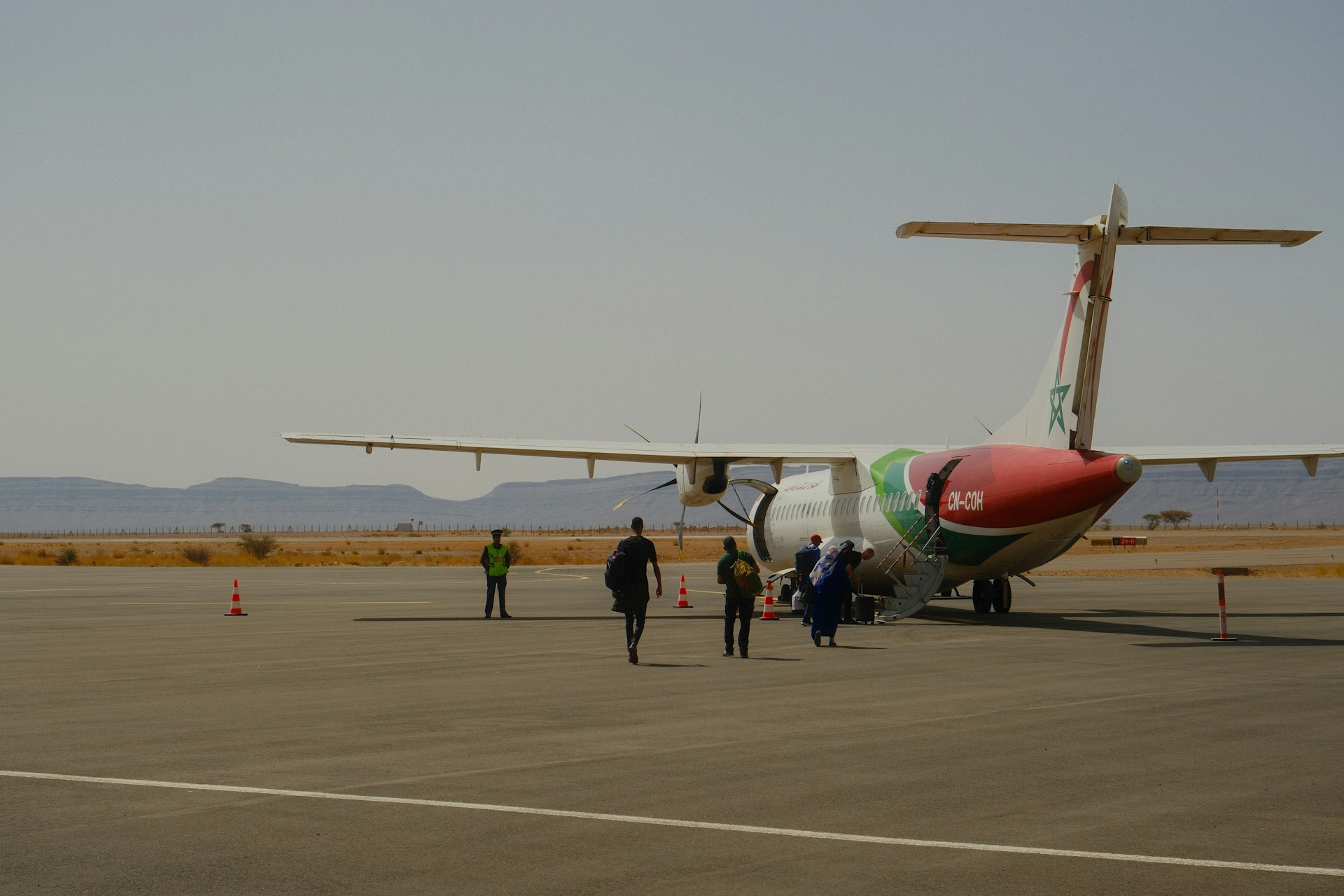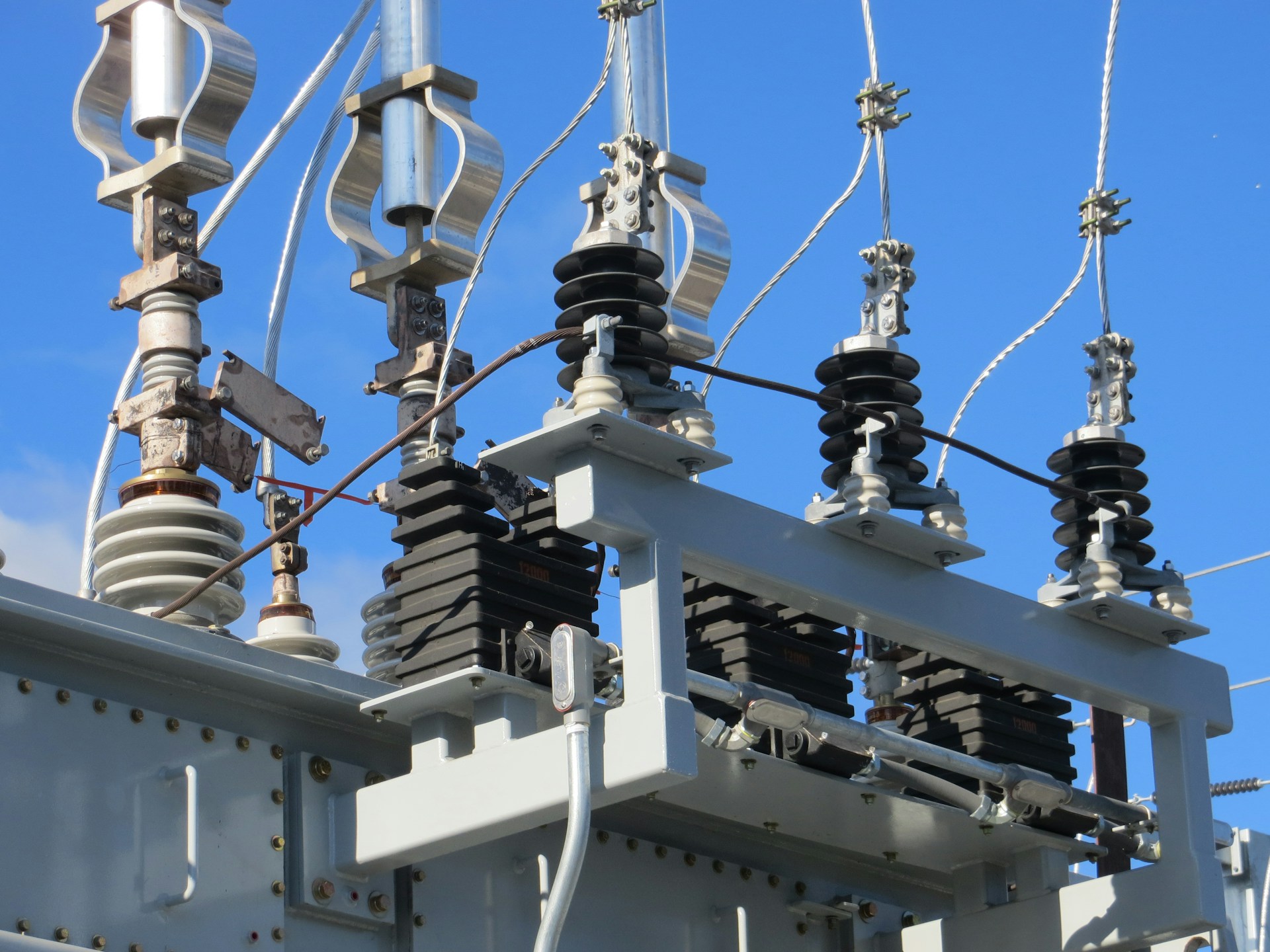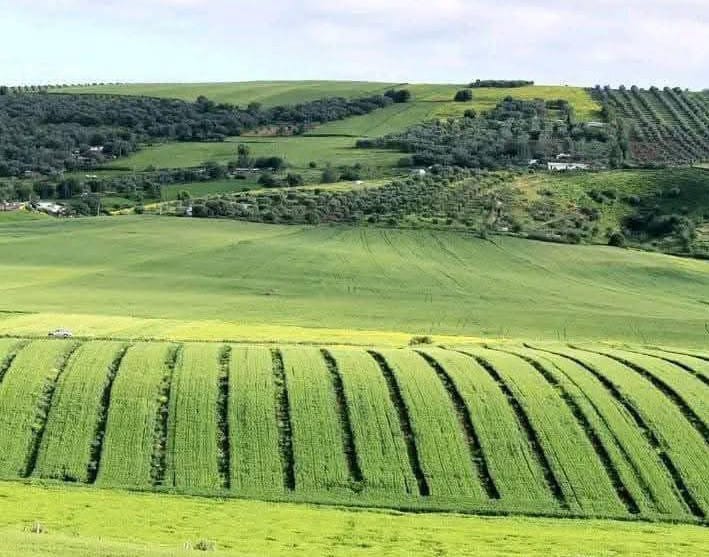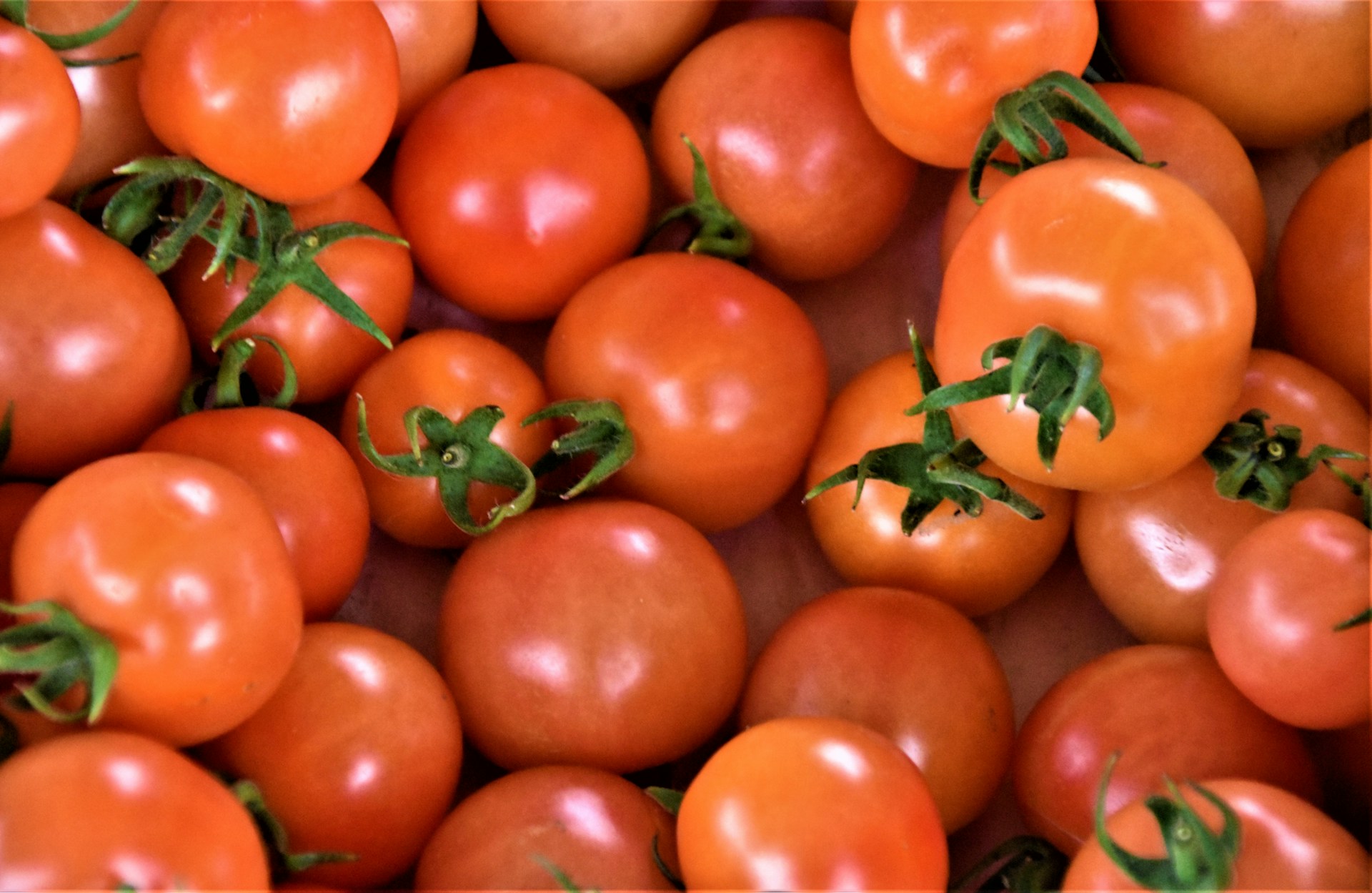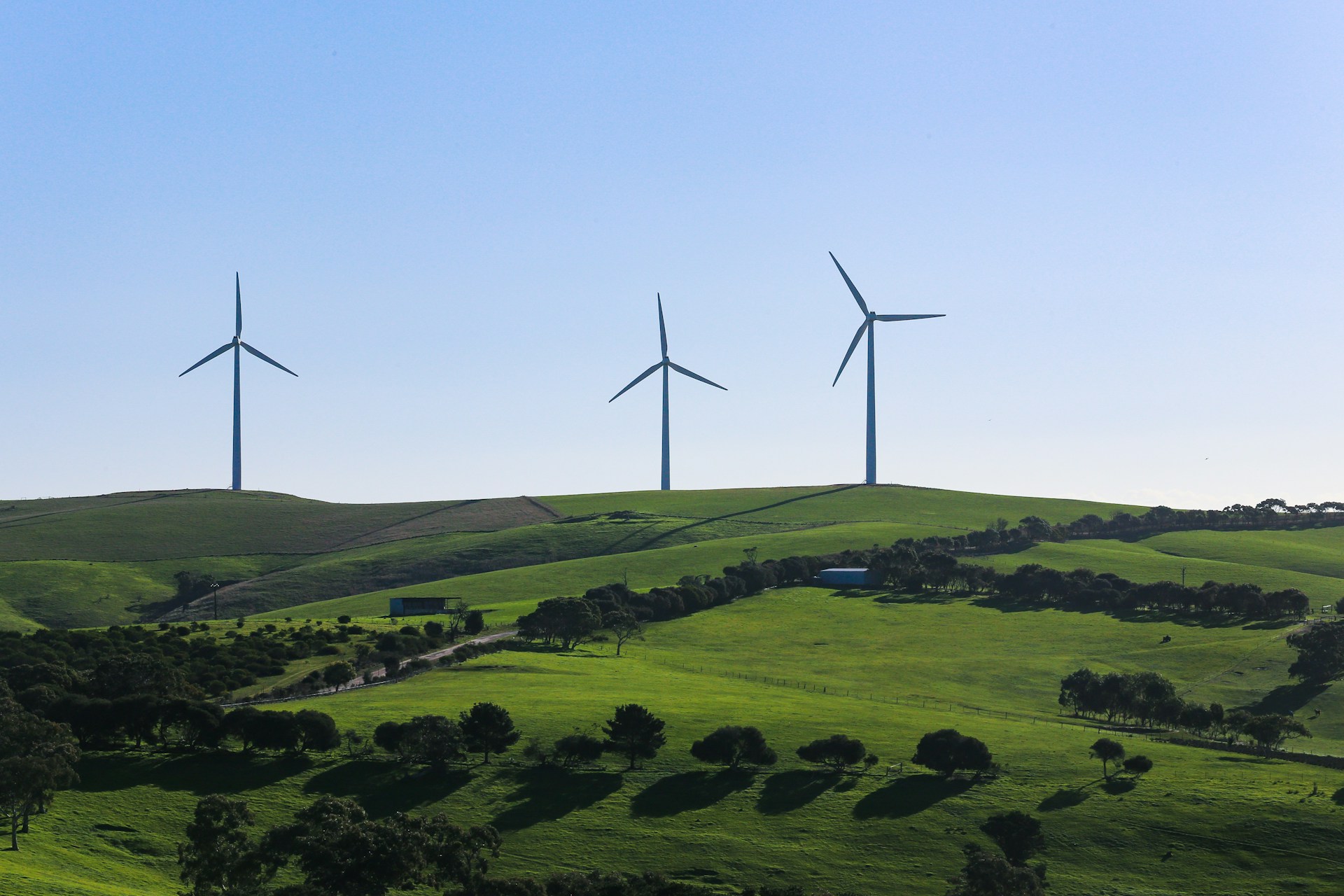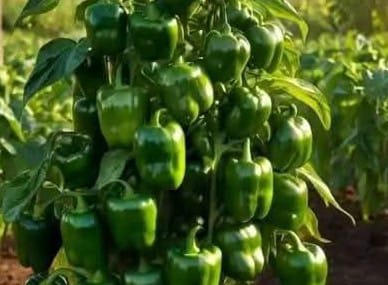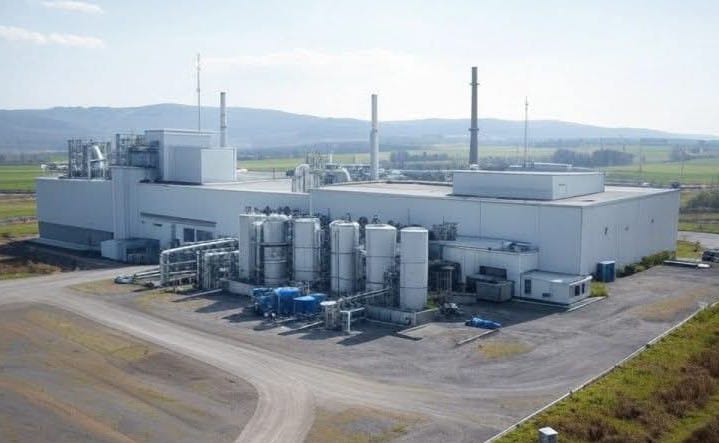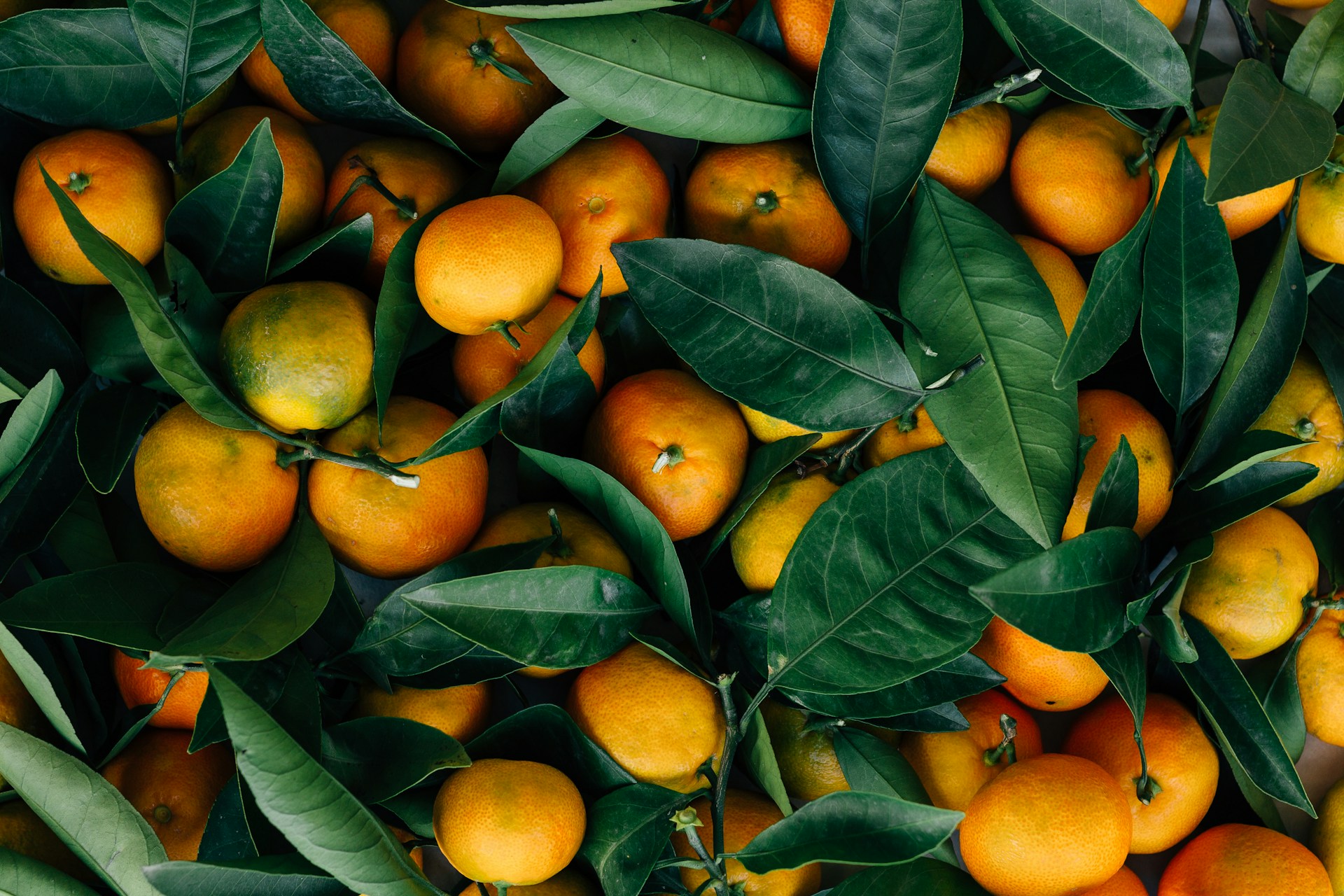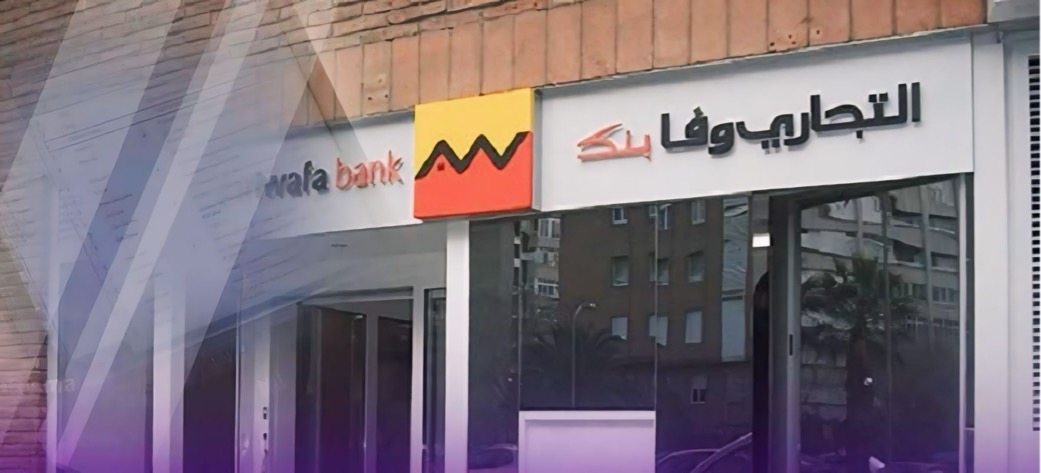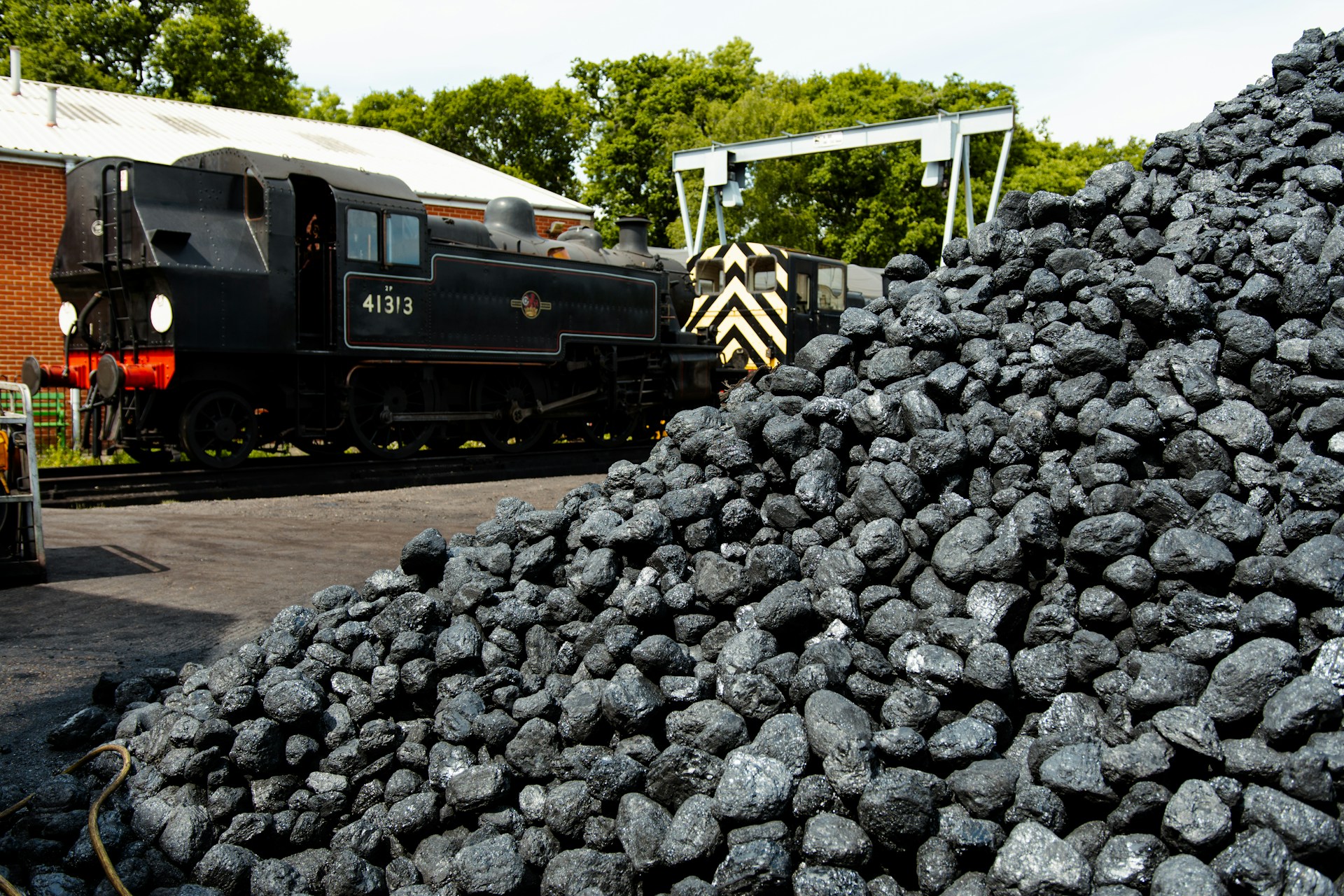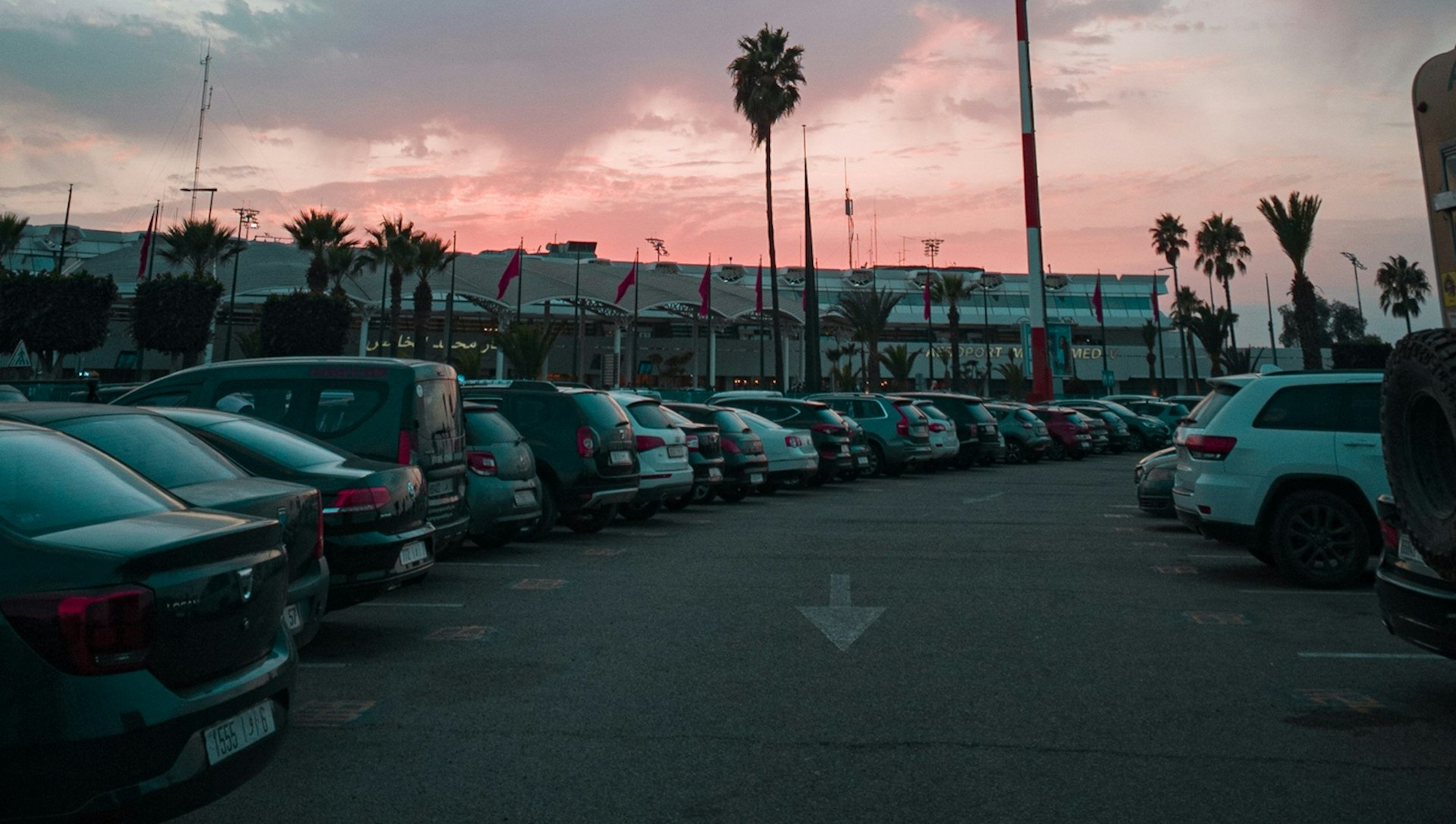Casablanca – Morocco’s economy is demonstrating solid growth in agriculture, industry, and tourism, according to recent official figures. However, these advances have been offset by a rising trade deficit, reflecting continued pressure on the country’s external accounts.
Agriculture and fisheries drive primary sector growth
Projections from the Ministry of Economy and Finance indicate strong performance in the primary sector, which includes agriculture and fisheries. Grain production for the 2024–2025 season is expected to reach 44 million quintals, a projected 41% increase over the previous year
The outlook is also favorable for other crops and livestock, while the value of fish landings from coastal and traditional fishing rose by 2.5% through April.
Industrial production gains momentum
Morocco’s industrial sector continues to recover. As of March 2025, manufacturing capacity utilization reached 78.1%, while phosphate output increased by 11.9%.
Electricity generation rose 5%, and the construction sector rebounded as cement sales jumped 10.3% by April—indicators of rising industrial and infrastructure activity.
Tourism rebounds amid strong traveler demand
The tourism sector continues its post-pandemic recovery. Morocco welcomed 1 million additional tourists between January and April 2025, bringing the total to 5.7 million visitors.
Travel revenues rose 2.4% by the end of March, while air passenger traffic increased 16.4% in the first quarter. Growth in the telecommunications sector was also recorded, with mobile subscriptions up 3.9% and internet subscriptions up 4.1% by March.
Household spending and investment strengthen
Consumer spending benefited from moderate inflation and state subsidies. Inflation remained low at 0.7% by April, and consumer loans rose by 1.9%.
Remittances from Moroccans living abroad reached $2.7 billion by the end of March, providing vital support to household incomes. Meanwhile, the job market expanded with 319,000 paid jobs created in the first quarter of 2025.
Public and private investment is gaining ground. Government capital expenditures increased to $3.6 billion, up 15.7%, supported by major projects in strategic sectors. Foreign direct investment rose 24.6%, while imports of capital goods grew 6.1% and equipment loans increased 18.1%.
Trade deficit widens despite export gains
While exports rose 1.5% by the end of March, led by phosphate and derivatives (+18.2%), aerospace components (+15%), and agri-food products (+0.8%), these gains were outpaced by a 6.9% increase in imports.
Key import categories included:
- Processed consumer goods: +8.7%
- Capital equipment: +6.1%
- Food products: +9.4%
As a result, Morocco’s trade deficit expanded by 16.9%, with the export coverage ratio dropping to 61.8%, down from 65.1% last year.
Reserves and budget balance
Morocco’s official foreign reserves are sufficient to cover 5 months and 4 days of imports of goods and services.
The fiscal deficit widened to $1.8 billion by the end of April, compared to $618 million in the same period last year. This increase was mainly due to a 25.8% rise in expenditures, outpacing the 17.1% growth in government revenues.
While Morocco continues to register strong performance in agriculture, industry, and services, the growing trade imbalance remains a concern. Policymakers may need to reinforce strategies that boost exports and control import dependency to maintain macroeconomic stability.
